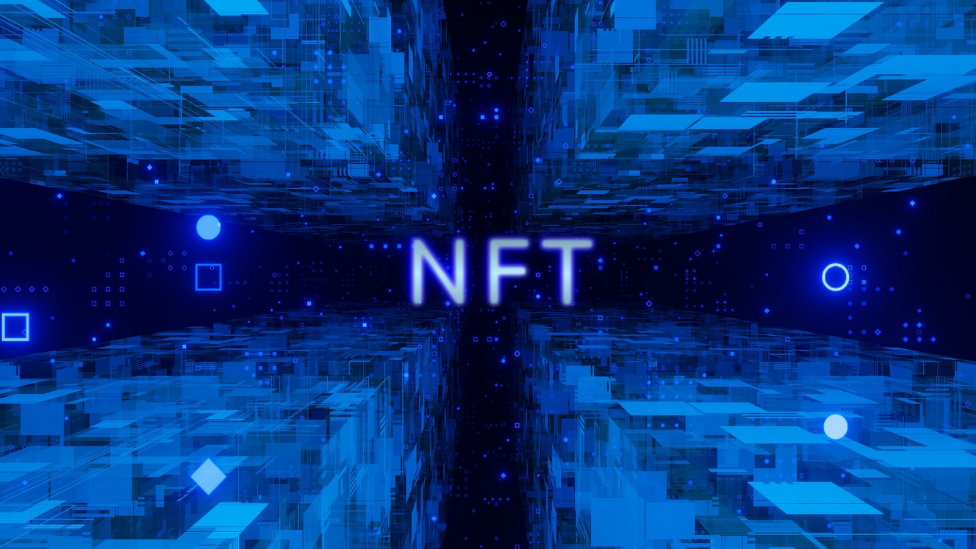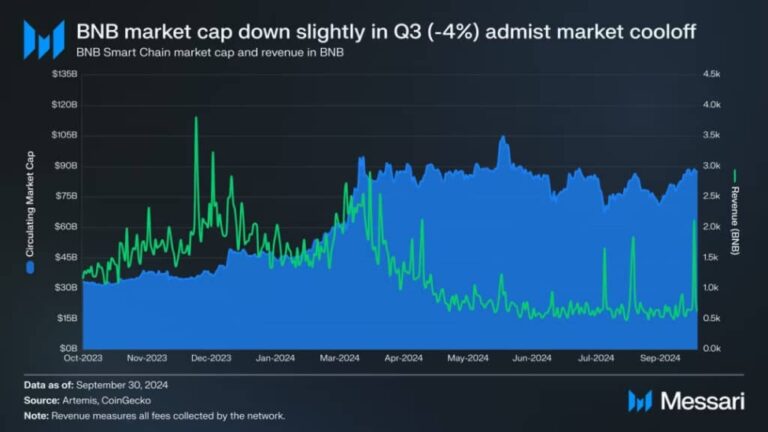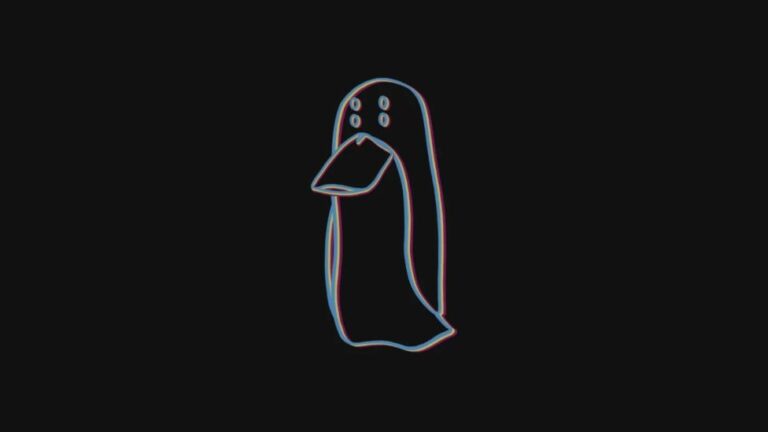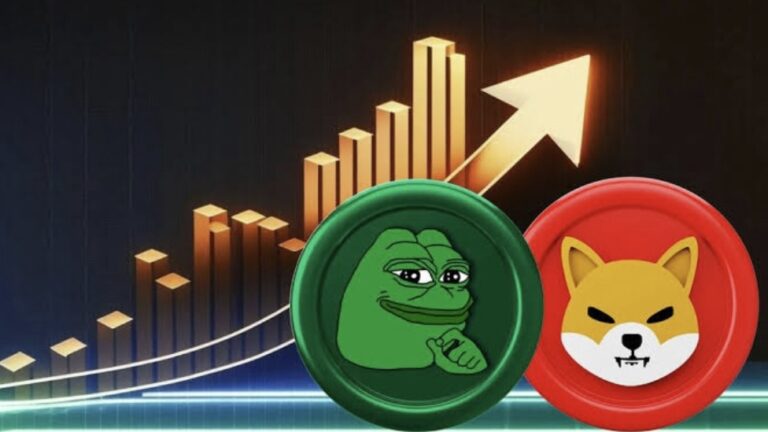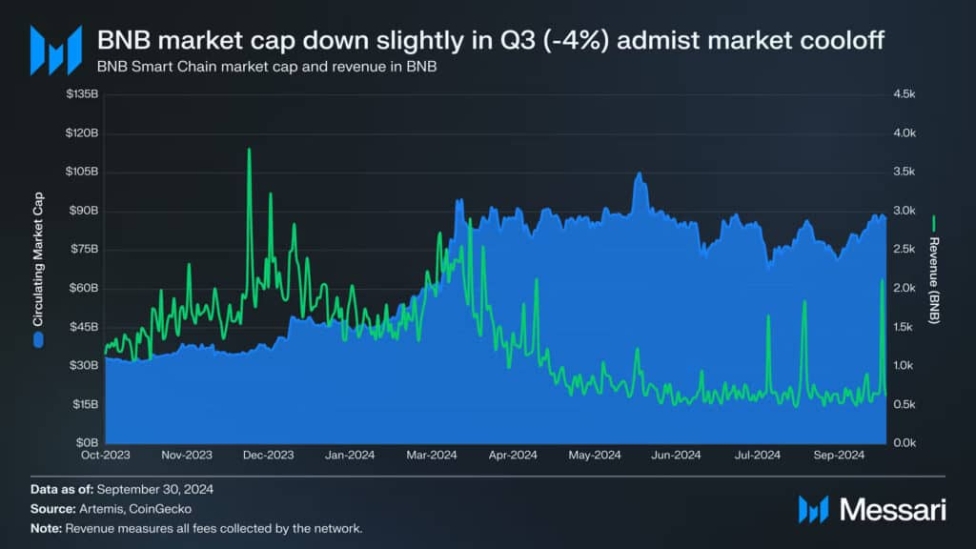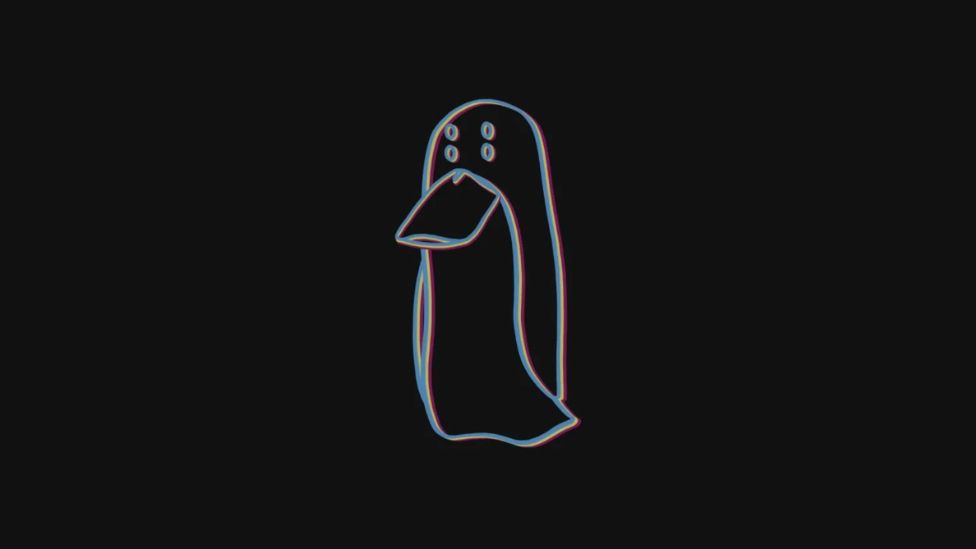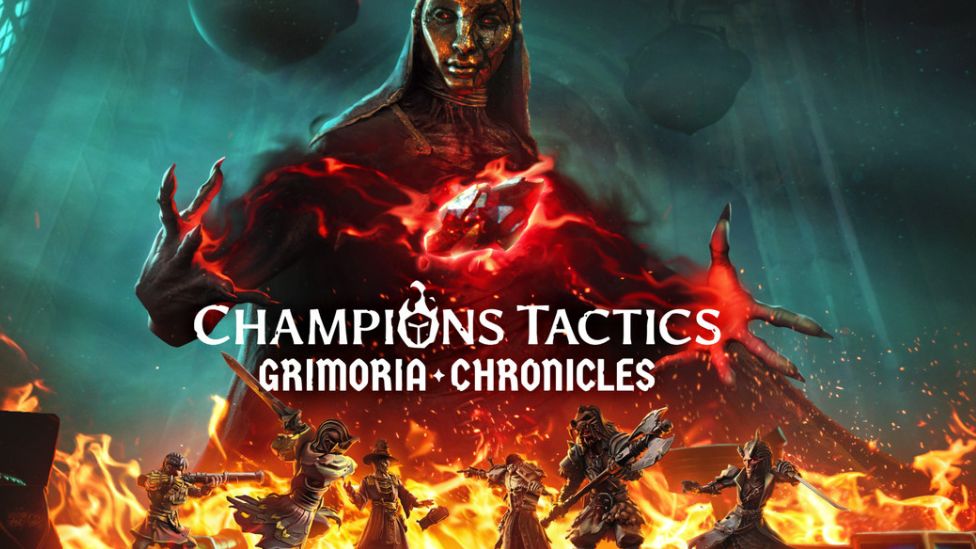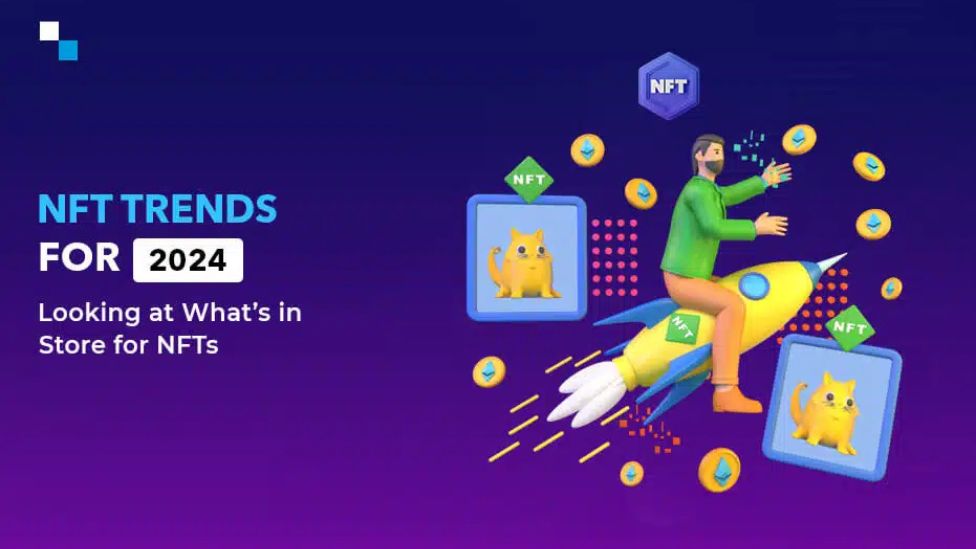In recent years, the investment world has witnessed a surge in the popularity of NFTs and art as alternative investment assets. With the ongoing technological revolution and the increasing digitization of the art industry, investors have various options to diversify their portfolios beyond traditional assets like stocks, bonds, and real estate. NFTs, or non-fungible tokens, are unique digital assets stored on a blockchain, making them secure, transparent, and tamper-proof. They have gained significant attention and market value in the art world, with NFT artworks selling for millions of dollars.
Conversely, traditional art investments have been a popular choice for investors for centuries, with masterpieces by renowned artists often fetching astronomical prices at auctions. However, in 2022 NFTs barely garnered any attention in cultural discussions, but the traditional art investment industry experienced significant growth. As we enter 2024, it’s natural to think about what this upcoming year looks like for NFTs and art investment.
Decoding The Differences Between NFTs And Traditional Art
Traditional art consists of physical objects, such as paintings, sculptures, and installations, that can be seen, touched, and displayed in galleries, museums, and private collections. They are unique, one-of-a-kind objects with a history of provenance and ownership that can be traced back centuries. The physical nature of traditional art objects provides them with a sense of tangibility and authenticity that collectors and investors have highly valued for centuries.
In contrast, NFTs are digital assets that exist solely in the digital realm. NFTs can represent any digital asset, such as images, videos, music, and even tweets. Each NFT is unique, and its ownership is recorded on the blockchain, providing a level of transparency and immutability that is impossible with traditional art.
Art And NFT Investments In 2024: Can They Co-Exist?
With the rise of NFTs, some may wonder whether traditional art investments are still relevant in 2024. While NFTs have certainly disrupted the art world, they should not be viewed as a replacement for conventional art investing. Rather, they can co-exist and complement each other in an investor’s portfolio. NFTs and traditional art investing are not mutually exclusive. In fact, they have a symbiotic relationship. The emergence of NFTs has brought more attention to the art market, leading to increased demand for traditional art. In turn, classic art provides a sense of tangibility and provenance that NFTs cannot match.
Should You Choose NFTs Or Traditional Art?
Investors should not get their hopes up too high. That 2022 was a banner year for the art market is no guarantee of continued success. While the trend for digital collectibles has quietened, popular creators still strive to diversify their intellectual properties in other ways by developing tangible products and expanding their entertainment brands. In addition, Ethereum, the platform on which NFTs are built, has just switched from a mining strategy to stake, which uses far less energy. It might increase platform utilization and persuade investors to give NFT investments another shot. On the other hand, long-term art investments are subject to ups and downs, but investors should see these fluctuations as normal.

